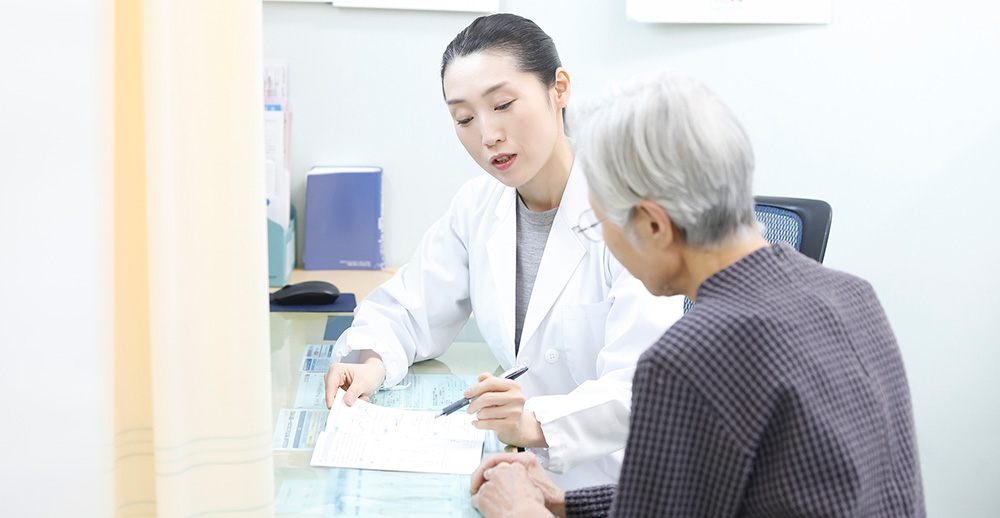
Japan’s current healthcare system got its start in 1927 with an employee health plan. By 1961, it had evolved into a system of universal coverage. It is also one of the world’s best healthcare systems. Japanese people have a longer life expectancy than most others and one of the lowest infant mortality rates at 0.5 per 1,000 live births. All residents are required by law to have health insurance. People without insurance from employers can participate in a national health insurance program, administered by local governments. Patients are able to select doctors and facilities of their choice and can’t be denied coverage. Hospitals, by law, must be run as a non-profit and be managed by physicians.
Japan’s statutory health insurance system (SHIS) provides universal coverage. It is funded mostly by taxes and individual contributions. Enrollment in an employment-based or a residence-based plan is required. Citizens pay premiums plus a 30% coinsurance for most services and some copayments. Young children and low-income older adults have lower coinsurance rates. There is also an annual household out-of-pocket maximum for health care and long-term services based on age and income as well as monthly out-of-pocket maximums. Fees for all health care services are set every two years by negotiations between the health ministry and physicians.
Providers are prohibited from charging fees above the national fee schedule except for in some cases including hospitalizations of 180 days or more or experimental treatments. Subsidies for low-income households further reduce the burden of cost-sharing for people with disabilities, mental illnesses, and specified chronic conditions. Japan uses generic drugs in order to cut costs. Those who do not have insurance are required to pay 100% of their healthcare costs.

All SHIS plans provide the same benefits package, which is determined by the national government. Benefits include hospital, primary, specialty and mental health care, as well as prescription drugs. Maternity care is usually not covered. SHIS provides medical institutions with a lump-sum payment for childbirth services. Also, local governments subsidize medical checkups for pregnant women. Most residents have private health insurance, but it is used primarily as a supplement to life insurance, providing additional income in case of illness.
Most doctors in Japan have some form of specialty and the idea of ‘general practice’ is a recent one. There’s usually not much difference between primary care and specialty care. Primary care is mostly provided at clinics, with some at hospital outpatient departments. The majority of clinics are privately owned and managed by physicians or by medical corporations. Primary care practices usually include teams with a doctor and a few nurses. Most outpatient care is done at hospital outpatient departments. Some are also available at clinics where patients can visit without referral. Japan also has after-hours care available at some outpatient departments.
In Japan, prefectures are mostly responsible for ensuring quality. Which include detailed service plans for treating cancer, stroke, diabetes and mental health. Prefectures are also in charge of developing plan for pediatric care, home care, emergency care, prenatal care, rural care, and disaster medicine. Prefectures are in charge of the annual inspection of hospitals. Penalties include reduced reimbursement rates if staffing per bed falls below a certain ratio. National and local government facilitate mandatory third-party evaluations of welfare institutions, including nursing homes and group homes for people with dementia, to improve care. While Japan is one of the top nations in regard to treating physical health, it tends to lack in treating mental health.
